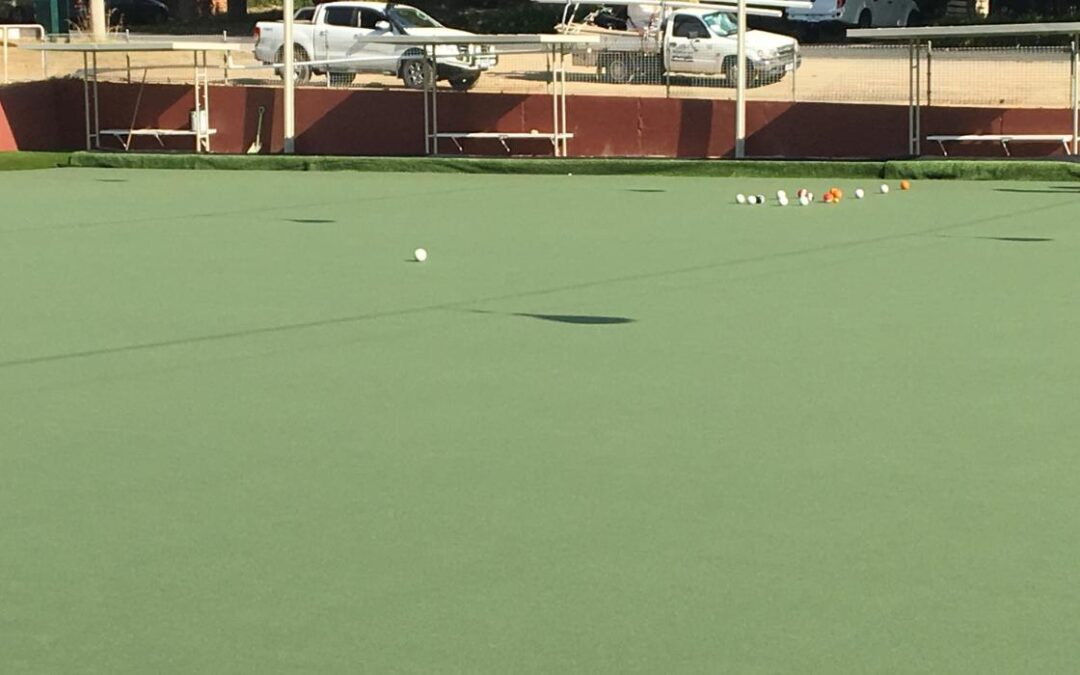Over rolling a synthetic bowling green can be a costly mistake, as it can break down the fibres of the synthetic grass.
Here are 3 considerations to help you understand when to roll your green…
1. Only certain bases will provide a positive result from rolling
- Sand or non-bonded bases can be rolled to iron out slight imperfections in the base. Depending on the severity of the imperfection, will determine the amount of passes required to reduce the straightener or deviation.
- The problem: the prevalence of significant base movement in a sand or non bonded base is far greater than bonded bases. Although it does provide the option to roll out small imperfections, these bases are subject to higher maintenance overall.
- Bonded bases do not have a loose medium to massage out imperfections with rolling. The rolling may have a minimal effect however it is essential you seek professional advise prior to rolling or you may run the risk of damaging your base and voiding warranties. Please check with your construction company or a reputable representative prior to rolling these bases.
- We highly recommend any imperfections in these types of bases be referred to a specialist for analysis of the actual cause rather than a potentially damaging short term solution.
- Although this type of base may seem less appealing due to lack of response to rolling – the potential of needing to roll at all is significantly reduced and maintenance costs are also reduced
2. Direction of Rolling – Surface
- Direction of rolling is once again surface dependant.
- Sand filled surfaces: Due to weight and rigidity can be rolled in any direction. Ideally 45 degrees to the direction of play or corner to corner.
- Needlepunch: Also may be rolled on a 45 degree angle to play due to weight and rigidity. This must be inspected by an observer during rolling to ensure you are not causing a ripple or wave in front of the roller as this may have detrimental effects on the base and stitching and alignment of seams.
- Woven Carpet: Ideally rolled in the direction of the seam. Due to this surface type being a lighter weight than sand-filled, it can produce a ripple or wave in front of the roller and can have the same outcome as Needlepunch if not observed while rolling.
3. Continued Rolling
This can have a detrimental effect on all surfaces due to the breakdown of synthetic fibres therefore reducing the lifespan of your green.
We highly recommend a consultation with a reputable synthetic green installer to provide quality advice on rolling requirements of your green. Please feel free to reach out to us and request a call back by emailing Abbey on admin@bioscapesgroup.com.au


Recent Comments